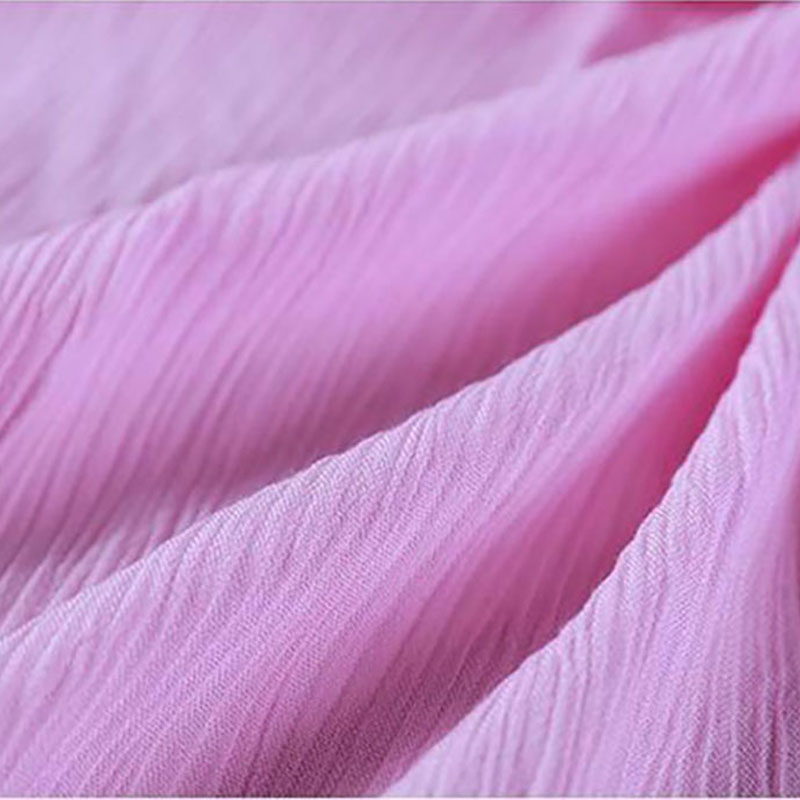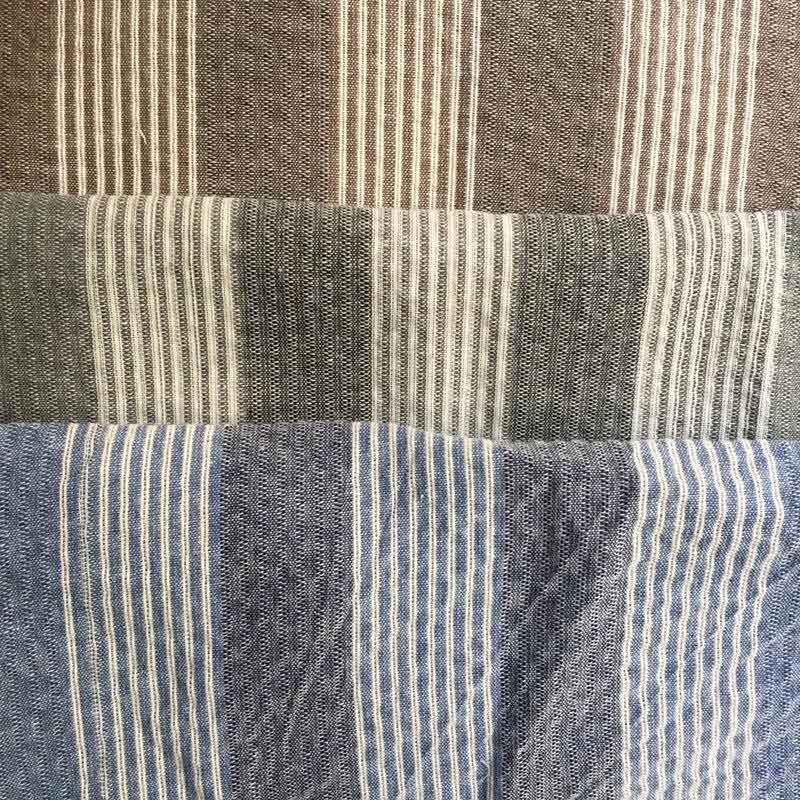In my journey as a leader in the marketing team, I have come to appreciate the profound impact that fabric selection has on everyday clothing. The right choice of materials can significantly enhance not only the aesthetics of an outfit but also its functionality and environmental footprint. This article delves into the importance of fabric selection and how it resonates with consumer preferences today.

When consumers choose clothing, comfort is often at the top of their list. Fabrics such as cotton and modal offer breathability and softness, making them ideal for daily wear. In my role, I emphasize the need to understand consumer needs and preferences for comfort, as this knowledge directly informs our marketing strategies and product development.

Fabric isn’t just about comfort; it’s also crucial for achieving a specific style. Fabrics like silk and linen can add a touch of luxury and elegance to garments. Understanding how different textiles affect the overall look of clothing helps us better position our brand in the market, appealing to various customer segments seeking style and sophistication.
With the growing emphasis on sustainable fashion, the environmental impact of fabric selection has become a critical consideration. Eco-friendly materials, such as organic cotton and recycled polyester, not only cater to the environmentally conscious consumer but also align with our brand values. It is essential to communicate these sustainable options effectively to our audience, driving both brand loyalty and sales.

In conclusion, the fabric selection process is an indispensable aspect of everyday clothing that affects comfort, style, and sustainability. By making informed choices about materials, we can not only meet consumer demands but also strengthen our market position. As we continue to innovate and adapt our marketing strategies, the lessons learned from fabric selection will guide us in creating a responsive and effective approach to our brand's growth.
